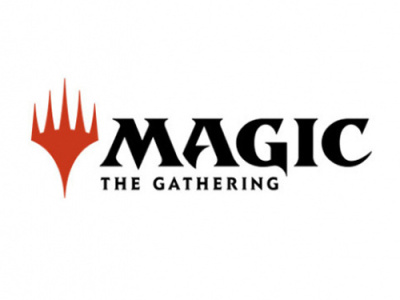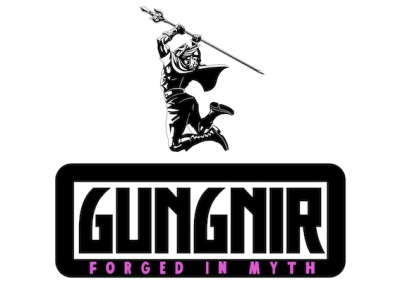Games Workshop has issued its second profit warning of the year and announced its intention to close 35 money-losing stores and eliminate 10% of its workforce. With these reductions Games Workshop hopes to save 7 million pounds (nearly $14 million) per year in operating expenses. Games Workshop's stock price dipped to less than half of what it was in January when GW CEO Tom Kirby issued his first earnings warning based on holiday sales that were not enough to make up for a poor summer.
With its vertical integration (Games Workshop controls every step of the process from design and manufacturing to selling large percentage of its output at its own retail outlets), Games Workshop has a business model that is unique in both scope and scale in the tabletop gaming industry. While sales reached a peak during the boom years of fantasy gaming, which coincided with the 3-year period of the release of the Lord of the Rings movies, Games Workshop has had problems in recent years (see 'Games Workshop Sales, Profits Decline' for 2005 and 'A Bad Year for Games Workshop' for 2006).
Games Workshop's sales in







